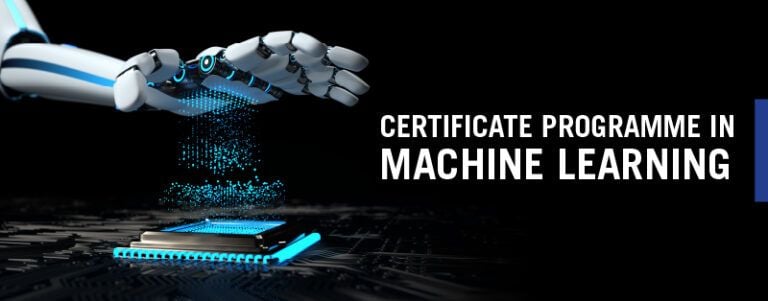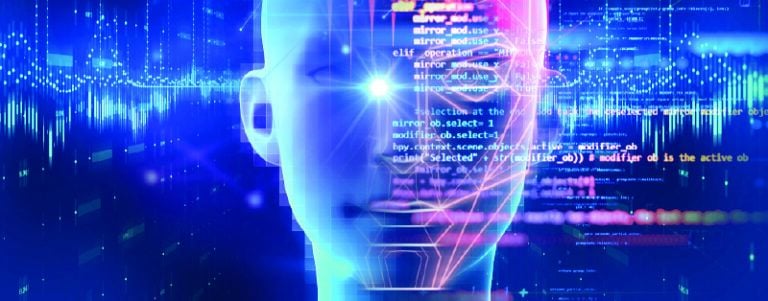What is Logistic Regression? A Guide to Get Your Basics Right

- What is Logistic Regression?
- How Does Logistic Regression Work?
- Where is Logistic Regression Used?
- What is Logistic Regression in Machine Learning?
- What are the Advantages of Logistic Regression?
- What are the Different Types of Logistic Regression?
- Linear Regression vs Logistic Regression: What’s the Difference
- How to Learn About Logistic Regression
If you’re trying to enter the field of data analytics, you must be looking for ways to grasp the various tools and techniques of the trade. One such particular type of analysis technique that data analysts commonly use is logistic regression. So, what is logistic regression? How does it work? What are its uses and advantages?
This guide will help you understand everything- from its importance to its uses and benefits. By the end of this post, you will know the difference between logistic and linear regression and become familiar with its different types.
What is Logistic Regression?
According to Tech Target, it is a statistical analysis method to predict a binary outcome, such as yes or no, based on prior observations of a data set.
In other words, logistic regression models predict a dependent variable by analyzing the relationship between one or more independent variables. For instance, it predicts whether a student will get or not get admission into a particular university. These binary outcomes enable a straightforward decision between two alternative variables.
How Does Logistic Regression Work?
The analysis model considers multiple input criteria into the picture. In the above case of university acceptance, the logistic function can consider factors like grade point average, admission test score, and extracurricular activities. Based on the historical data about earlier outcomes with the same input criteria, the model scores the new cases on their chance of falling into one of the binary outcome categories.
ALSO READ: How to Learn Data Science: Is it Still All the Rage in 2022?
Where is Logistic Regression Used?
Let us now explore some real-world scenarios where this is relevant.
Calculating the probability of a binary event occurring can help us classify whether an email is spam or not or whether a credit card transaction is a fraud or not. In the medical context, it can be used to predict a health outcome, such as whether a tumor is malignant or not.
So you can see logistic regression predicts the likelihood of all kinds of yes/no outcomes. By making predictions, the model helps data scientists make informed business decisions to minimize risks, optimize spending and maximize profits. And, isn’t that what all businesses are looking for?
For example, a credit card company cannot possibly issue a card to every person who applies. They need to analyze the two possible binary outcomes, the person “will default” or “not default” using a model to categorize customers who might be a good fit for the credit card.
What is Logistic Regression in Machine Learning?
Logistic regression is a crucial technique in artificial intelligence and machine learning (AI/ML). Machine Learning (ML) models are software programs you can tune and train to perform complex data processing tasks without manual intervention. ML models built using logistic regression can provide actionable insights from business data and conduct predictive analysis to reduce operational expenses and increase productivity.
What are the Advantages of Logistic Regression?
Here are some of the advantages of such analysis that bring value for data analysts:
- Simplicity: Models are mathematically less complex than other ML models and hence very useful in the machine learning context. Thus, you can build, train and deploy efficient ML models using logistic regression, even if you lack in-depth ML expertise.
- Speed: It processes large data sets at high speed because they require less computational capacities in terms of memory and processing power. This makes them ideal for programmers working on complex ML projects while aspiring for quick wins.
- Visibility: Analysis gives programmers greater visibility into the internal software processes than other data analysis techniques. Troubleshooting becomes easier as calculations using the equation are less complex.
What are the Different Types of Logistic Regression?
In this post, we’ve explained just one type so far- binary regression, where you have only two possible outcomes. However, there are three types:
- Binary: This statistical model predicts the relationship between the dependent variable (Y) and the independent variable X), where the dependent variable is binary. So the outcome is in terms of success/failure, 0/1, yes/no, or true/false.
- Multinomial: In this statistical analysis, you have one dependent variable with two or more discrete outcomes. For example, let’s say you want to predict the most popular transport type in 2040. Here the transport type will be a dependent variable with several possible outcomes like a train, bus, car, or bike.
- Ordinal: In this technique, the dependent variable (Y) has a meaningful order with two or more categorical variables. For example, let’s consider shirt size (S/M/L/XL) or an audience poll with (Agree/Disagree/Neutral) options.
Linear Regression vs Logistic Regression: What’s the Difference
Linear regression equation uses continuous variables as targets, while in the logistic regression model, the target is a discrete variable or a binary value. The predicted value for linear regression is the mean of the target variables. Whereas, the predicted value is the probability of the target variables.
How to Learn About Logistic Regression
Emeritus in association with the world’s best universities offers top data science and analytics courses. These completely online courses are designed to help you dive deep into the concepts and techniques used in data analysis, machine learning, and deep learning. You will also get to apply all the knowledge and skills to develop an ML model, build a job-ready portfolio, capture your prospective employer’s attention, and help land your dream job!
Write to us content@emeritus.org







